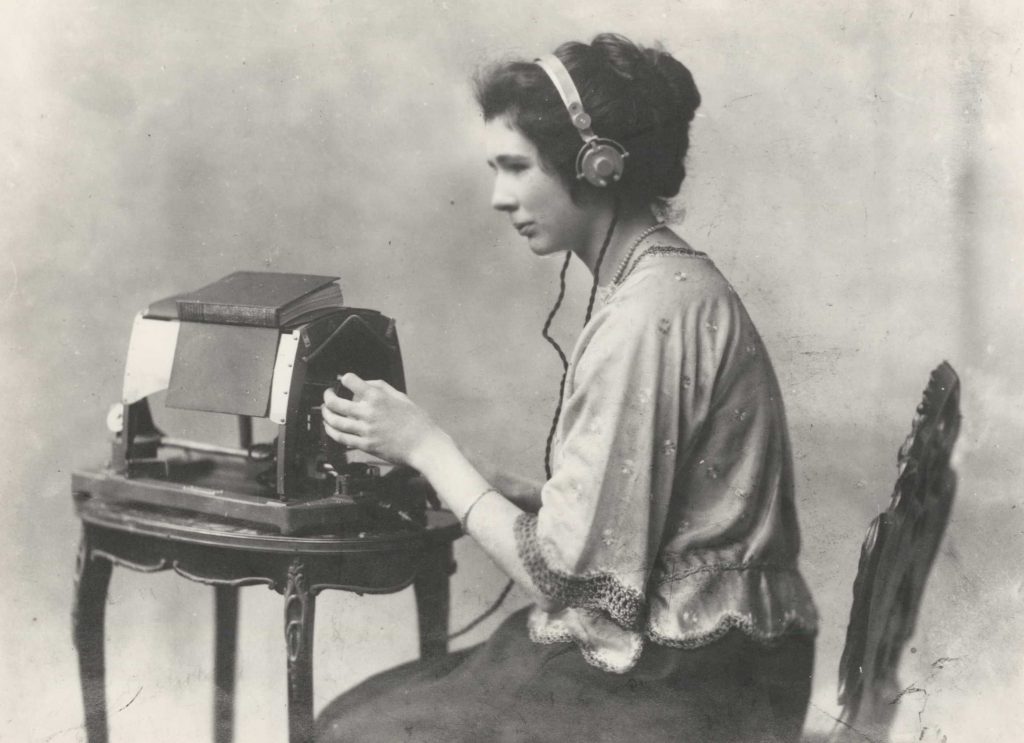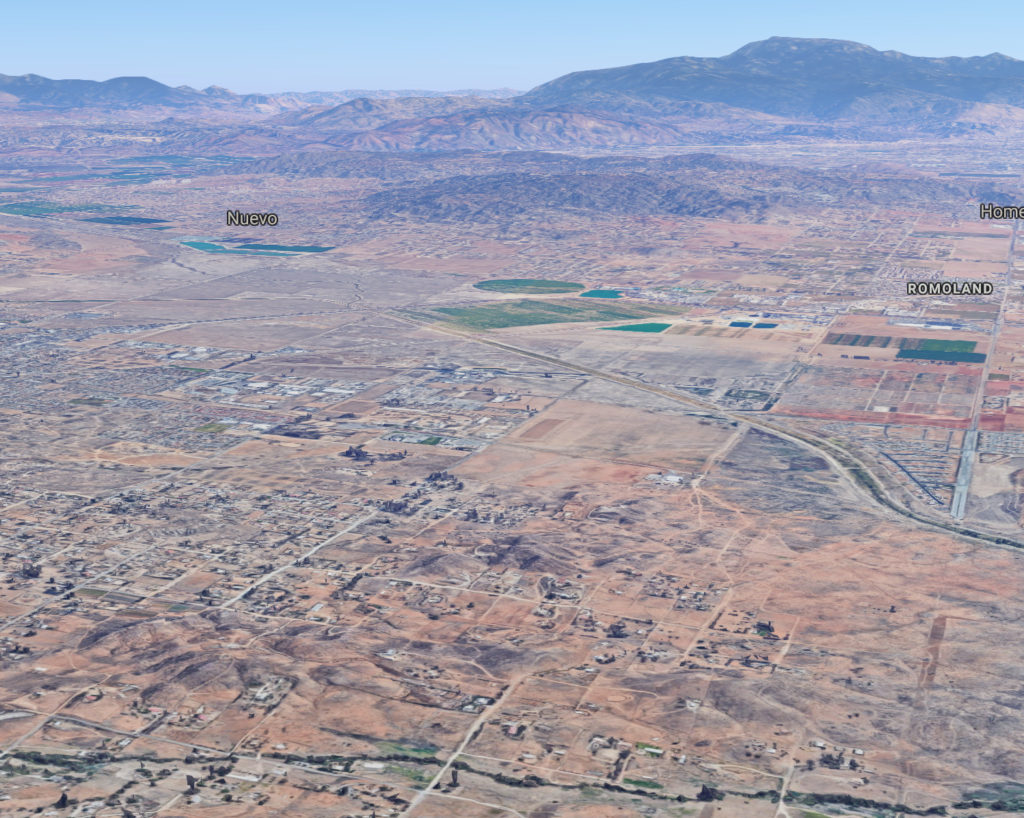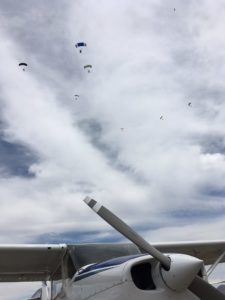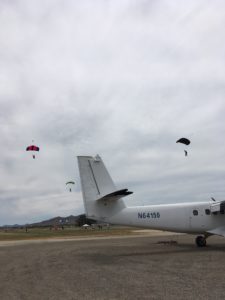Reading with your ears
July 27th, 2019 at 12:36 pm (Books, Technology)
Before text-to-speech, there was the optophone. It scans the letters in a text and converts them into chords that represent the visual shape of the letter. Instead of hearing someone speak the text, you hear what the text looks like.
This invention was published in Nature in 1914 (!). (By the way, there’s a bit of delicious irony in the disclaimer attached to the 1914 article in its current digital form: “This text was harvested from a scanned image of the original document using optical character recognition (OCR) software. As such, it may contain errors.”) You can access a PDF scan of the original paper for the full details, including the claim that the device “should, with some practice, enable totally blind persons to read ordinary books and newspapers through the sense of hearing.”

The device conducts a horizontal scan, with 8 “dots” moving in parallel across the letters. Each dot is assigned to a different tone. With no input (totally white background) all the dot-tones are active. When a dot crosses a dark region (text), its tone disappears, so the sound changes. I think they must have inverted this plan later, to turn on the sound when a dark part appears, based on the examples.
With practice, in theory you can learn to “read” words by their tonal patterns. Give it a try! This is the optophone “reading” the letters f, i, k, j, p, q, r, and z:
Not super harmonic, but I can see that it’s possible to distinguish letters. However, it’s a slow way to read, even after practice, which led to the development of more “compressed” versions. In general, the goal wasn’t necessarily efficiency, though – it was an attempt to make available the large volume of existing printed matter to those who could not see, without requiring a translation to e.g. Braille first. Neat invention!



